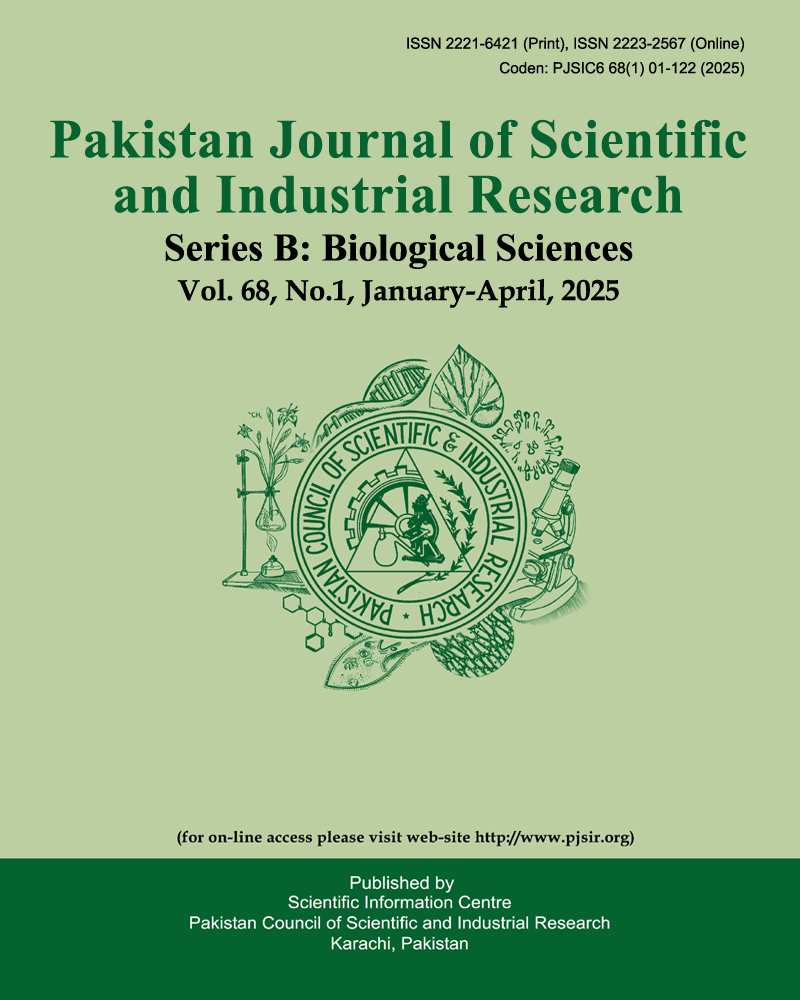Evaluating the Effect of Different Compost Types on Wheat Seedling Growth
Effect of Compost Types on Wheat Seedling Growth
Keywords:
composting, wheat growth, seedling growth, root length, environmental pollutionAbstract
Compost production is considered an economical and environmentally friendly means to reduce solid waste. The use of compost in crop production practices, enhances crop growth, improves soil nutrient profile and reduces the environmental pollution caused by the extensive use of mineral fertilizers. This study was planned to check the effect of various compost types on wheat seedling growth. The experiment was laid under CRD in a factorial arrangement. The pots were filled with 500 g sand and six types of compost were added in pots at 25:75 of compost and sand, respectively. The results showed significant differences among the compost treatments for the shoot length, root length, shoot fresh weight, shoot dry weight, root fresh weight and root dry weight. The maximum shoot length (20.66 cm) was observed under T4 (anaerobic composting) of cow manure : wheat straw (3:1). The maximum root fresh weight, (3.76 g) and shoot dry weight (2.27 g) was recorded under T1 (anaerobic composting of cow manure : wheat straw (1:3)). The maximum root length (4.6 cm), root fresh weight (2.37 g) and root dry weight (1.25 g) was recorded under T2 (anaerobic composting of cow manure : wheat straw (1:1). Our results showed that the growth of wheat seedling was more on the compost produced under anaerobic conditions compared to the compost under aerobic conditions. We conclude that the application of compost has potential to fulfill the nutritional demand of wheat plants, enhance the wheat growth and reduce the environmental pollution caused by the extensive use of inorganic fertilizer.


